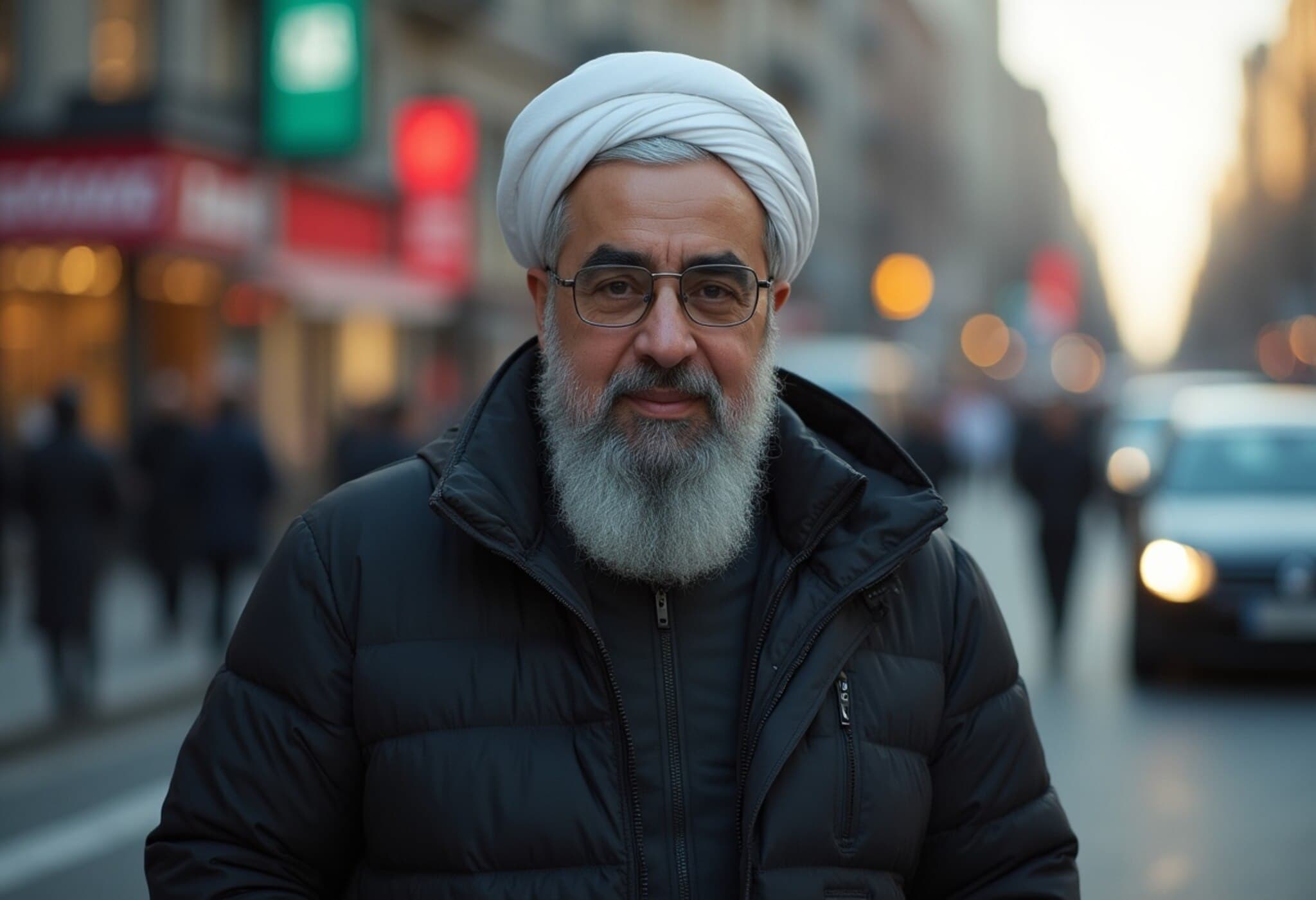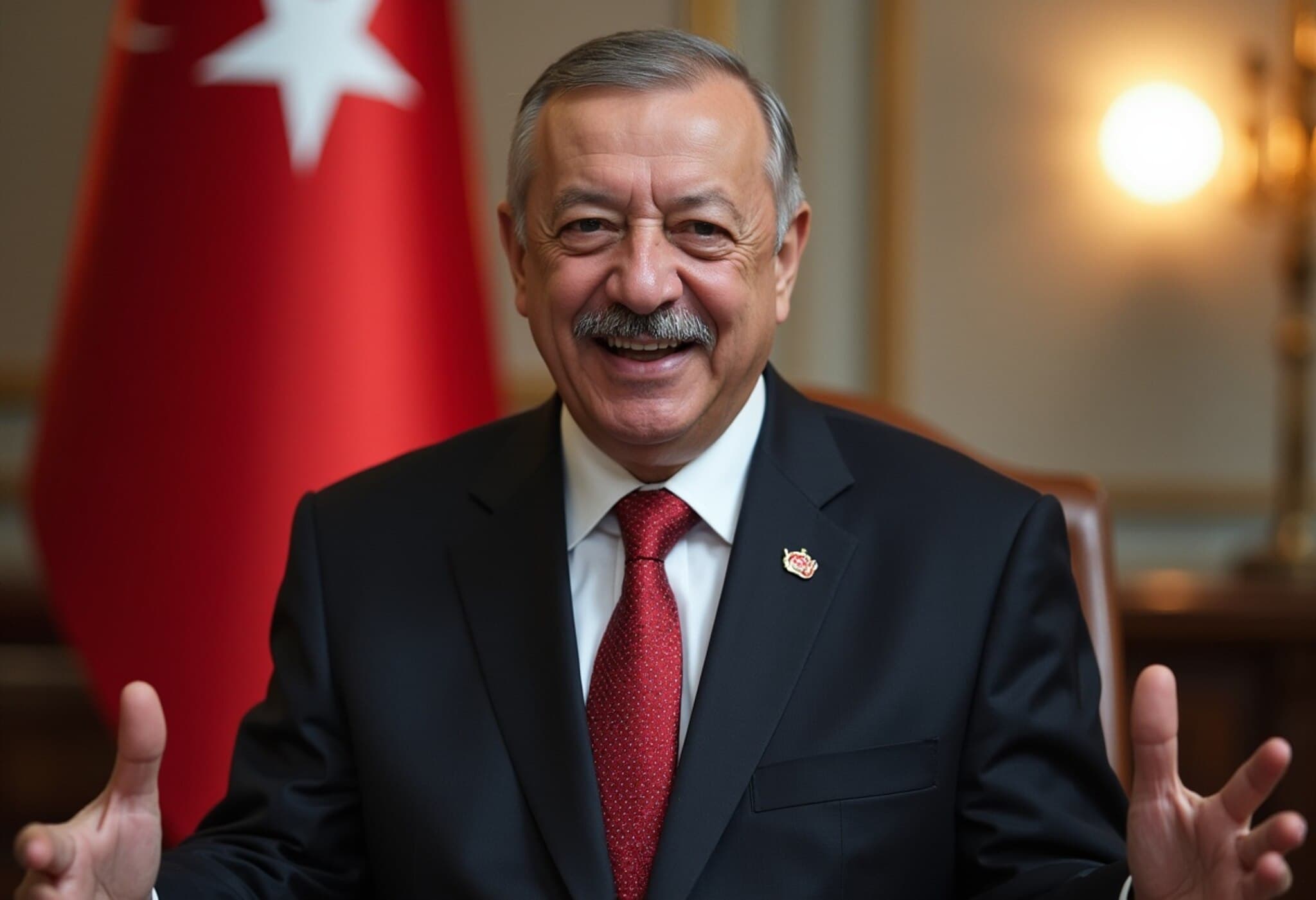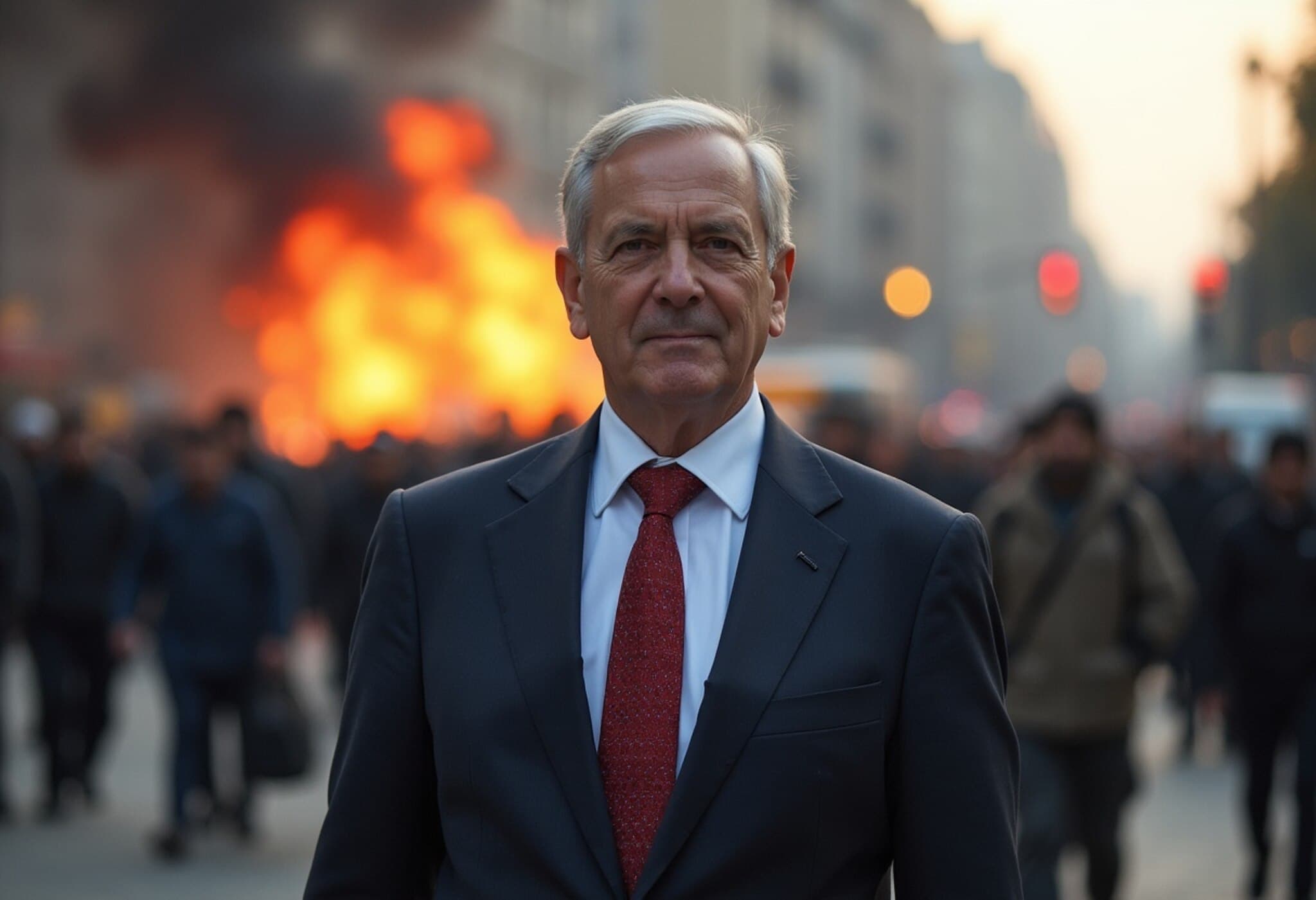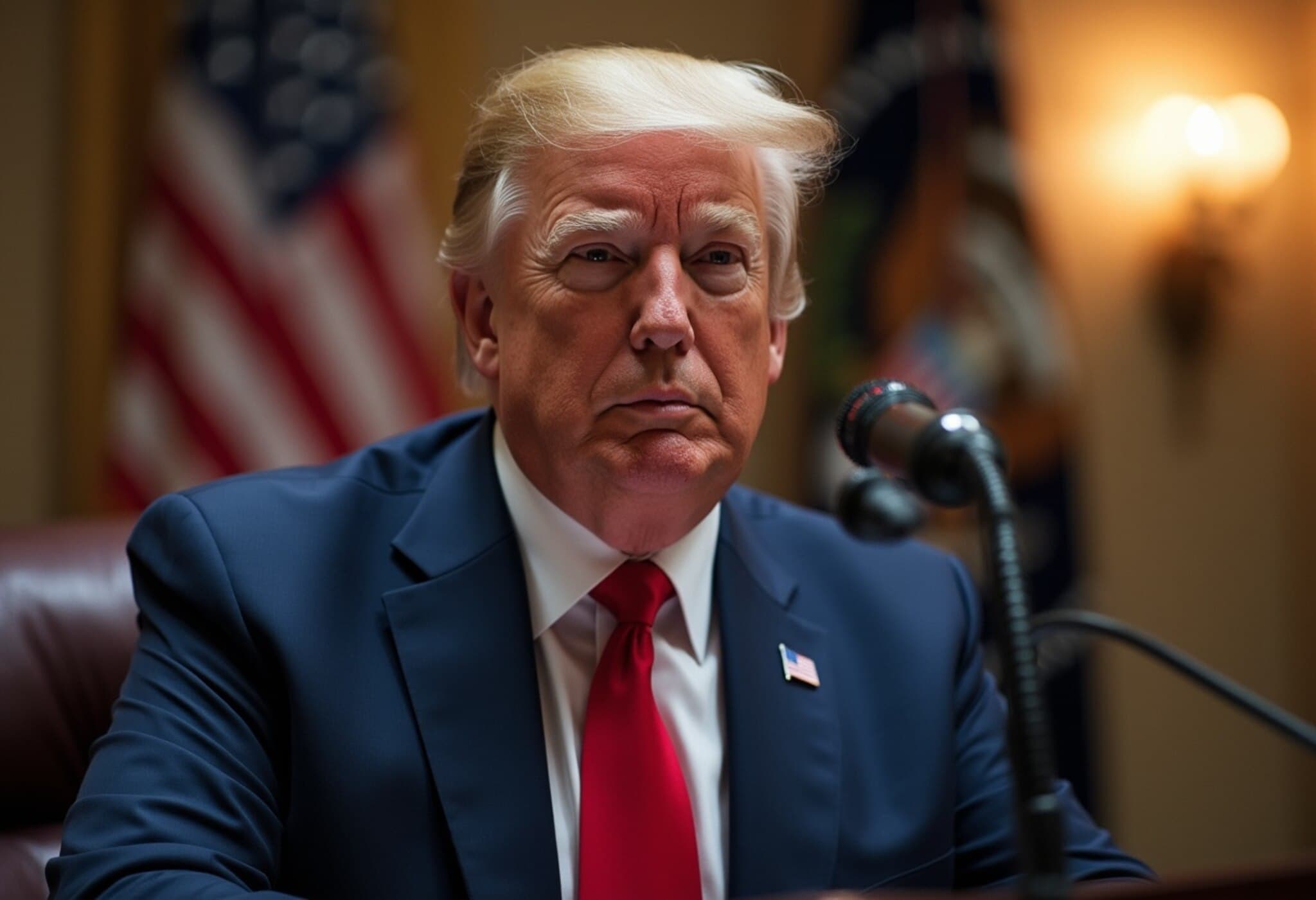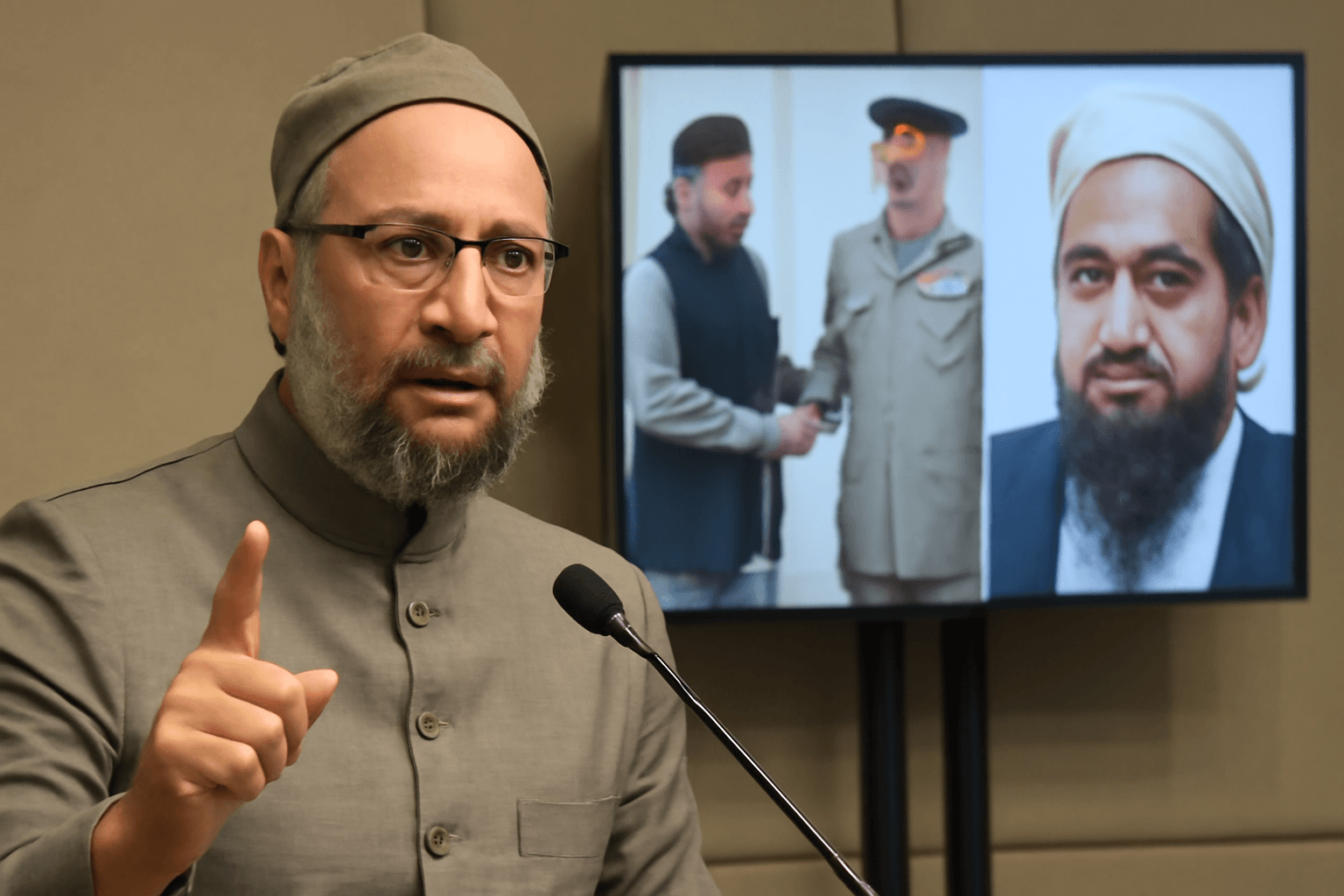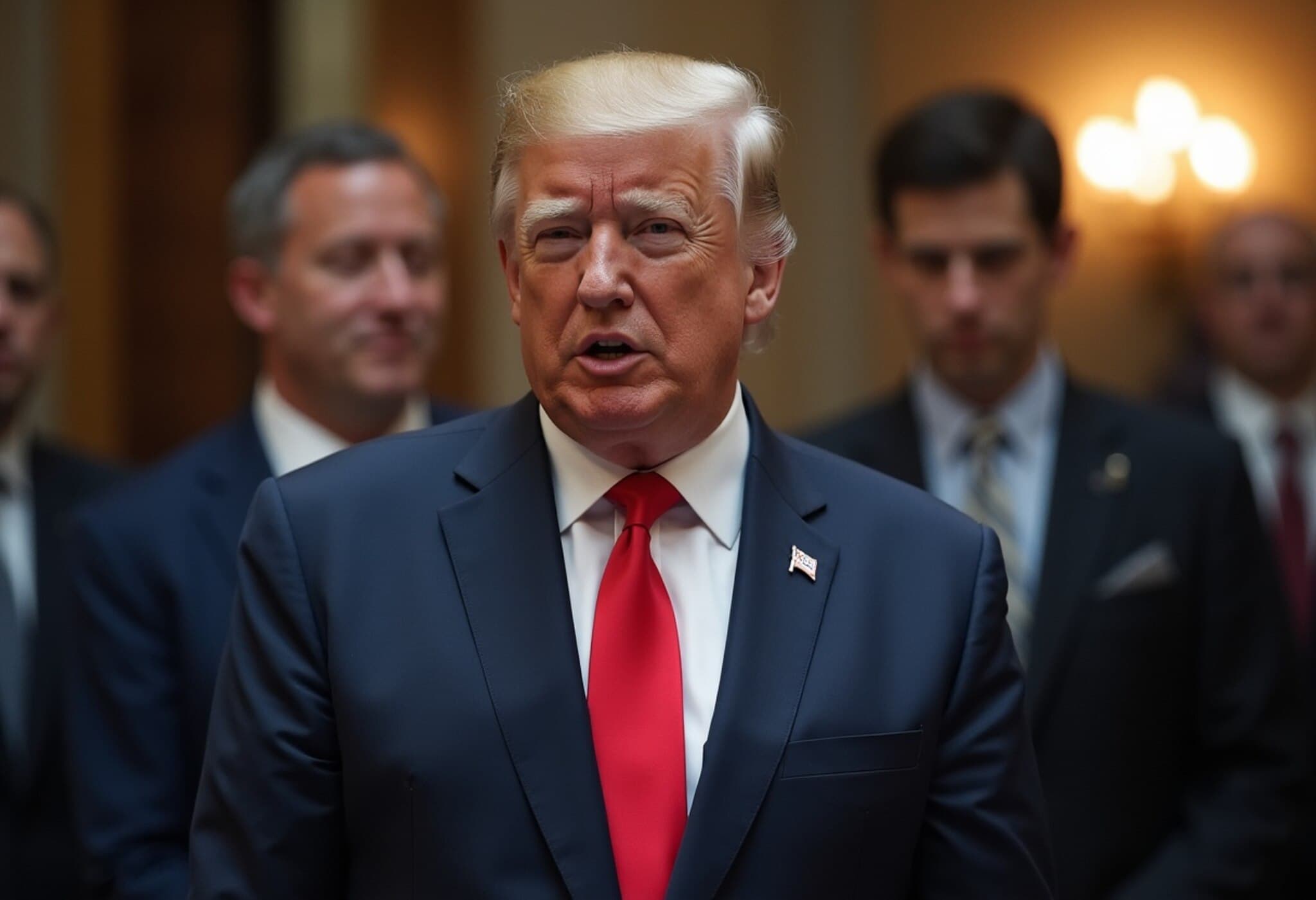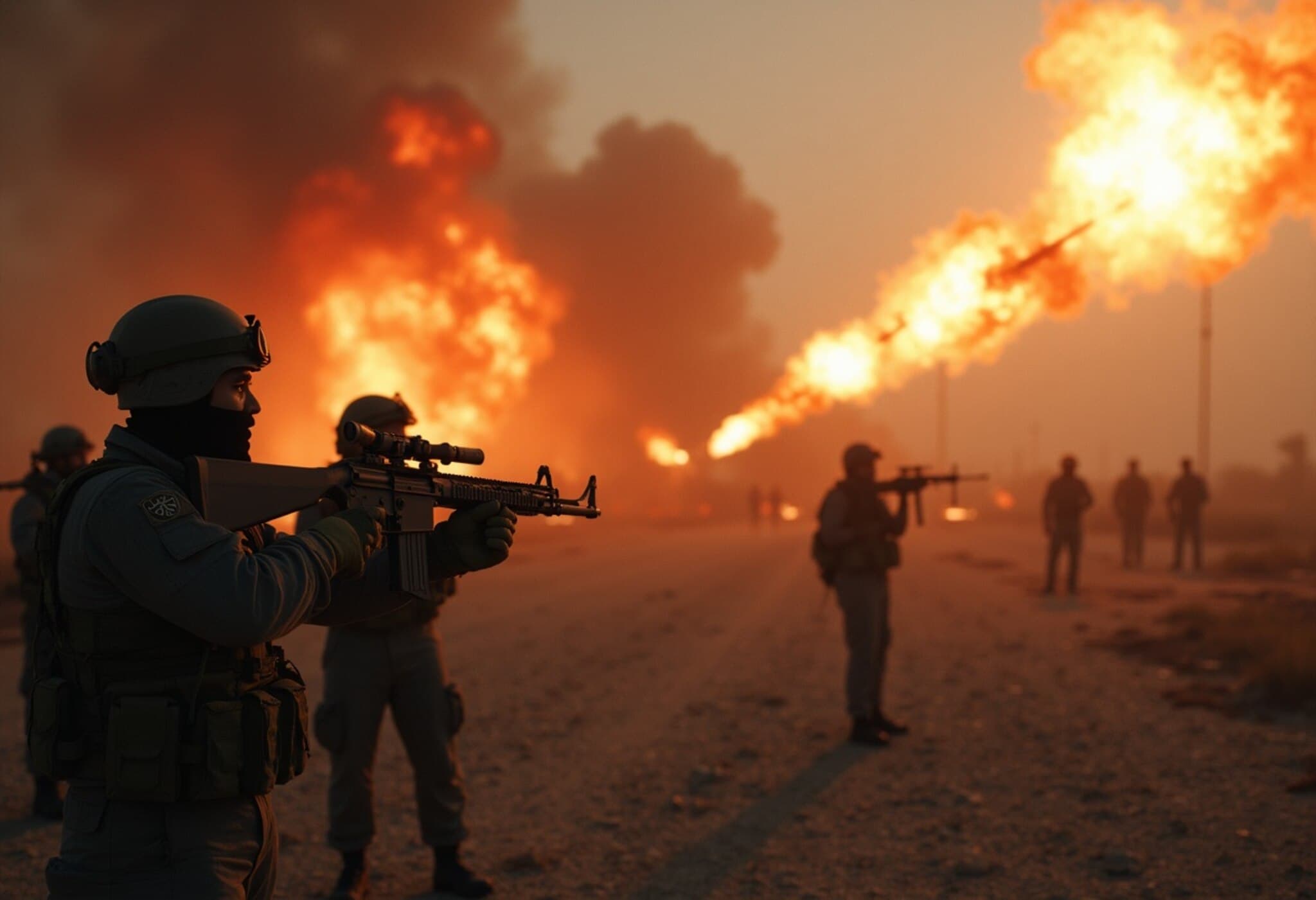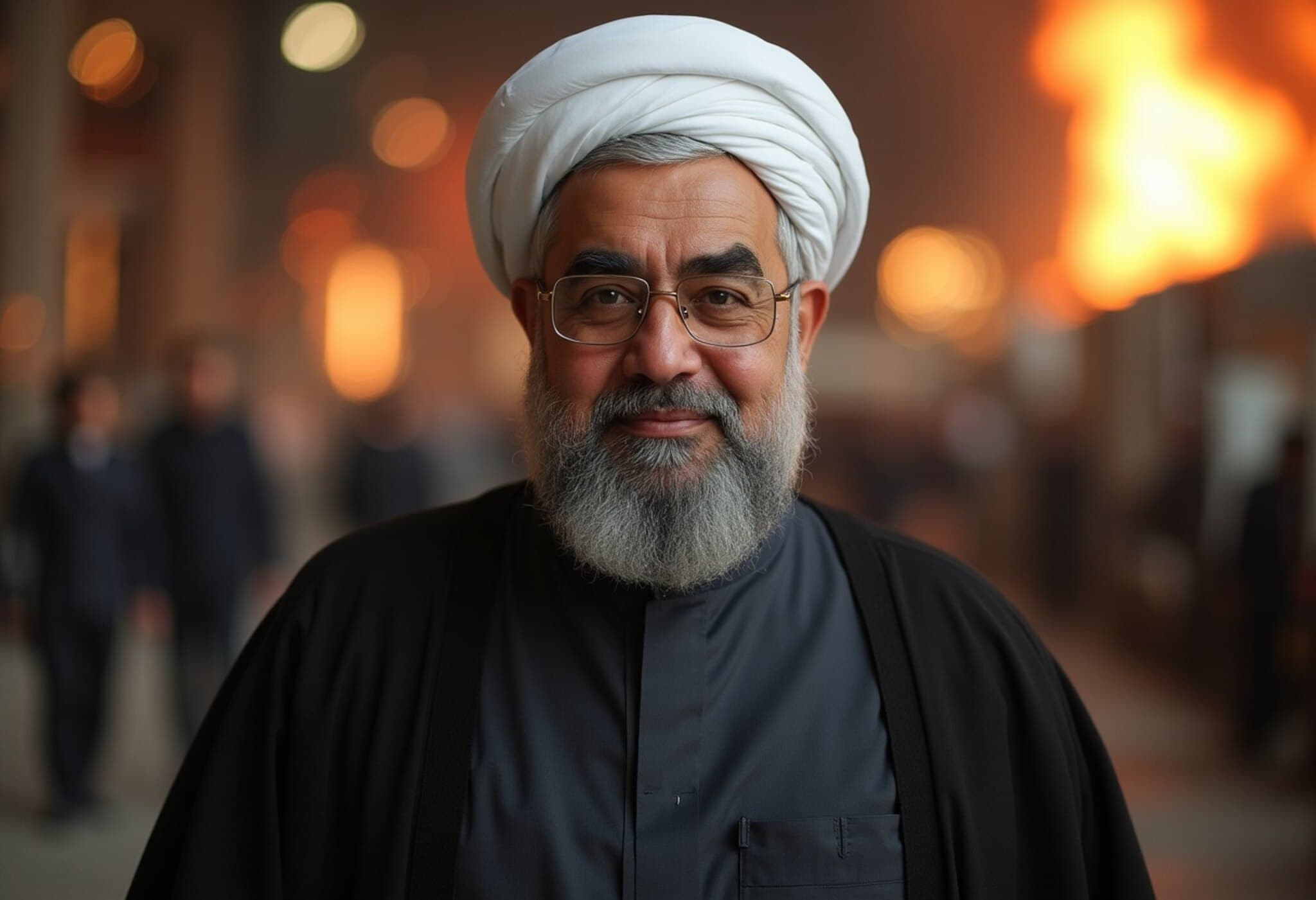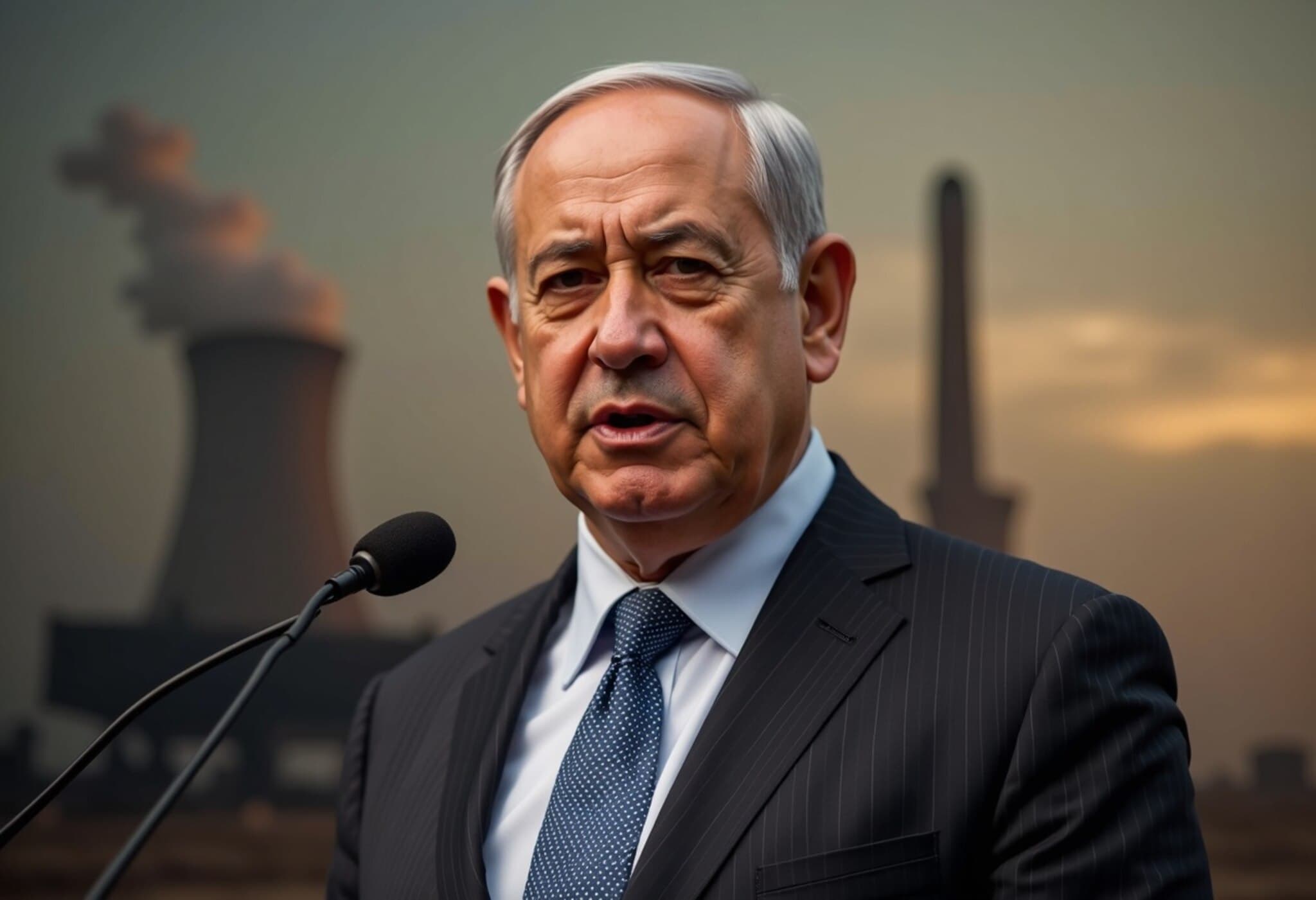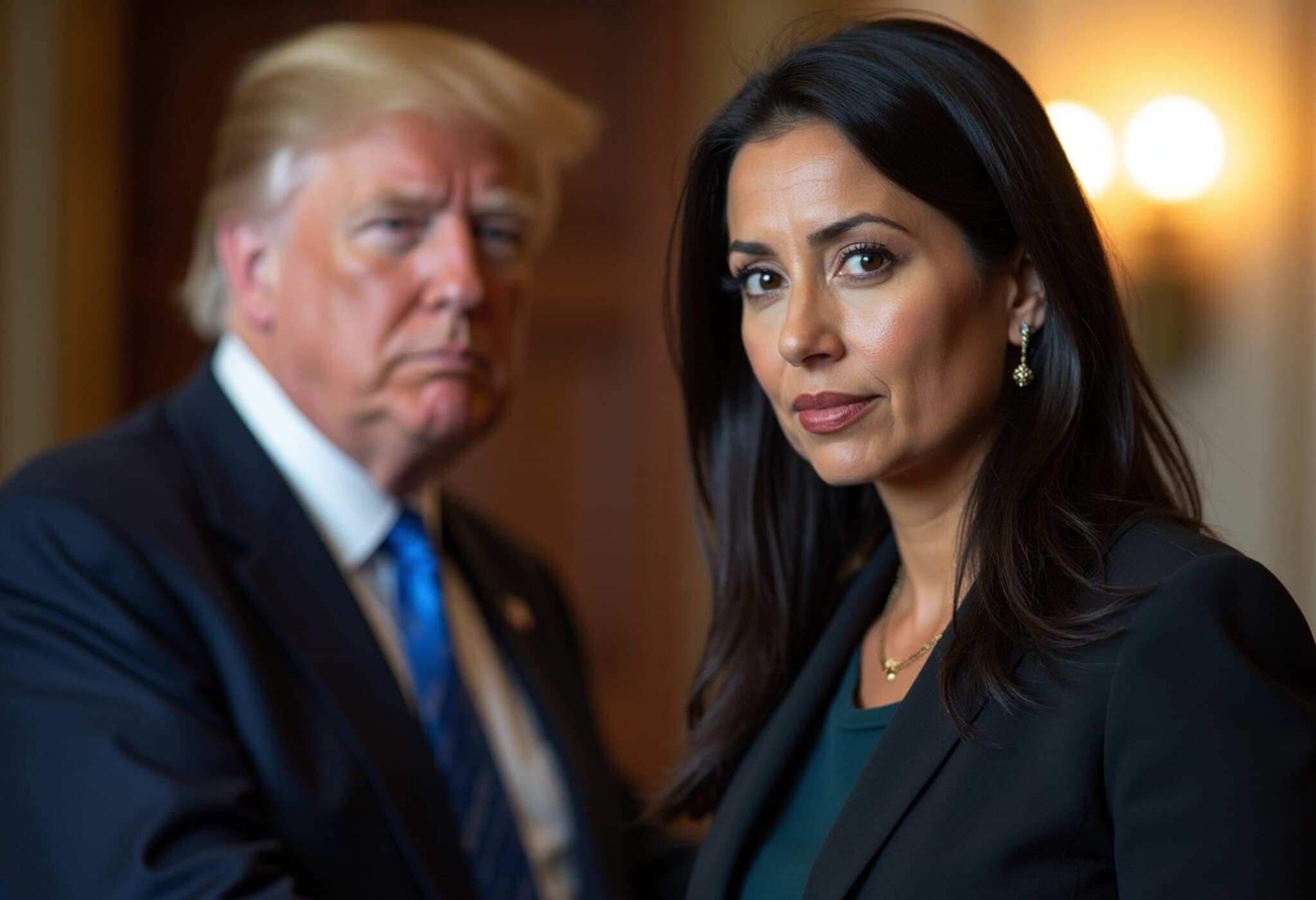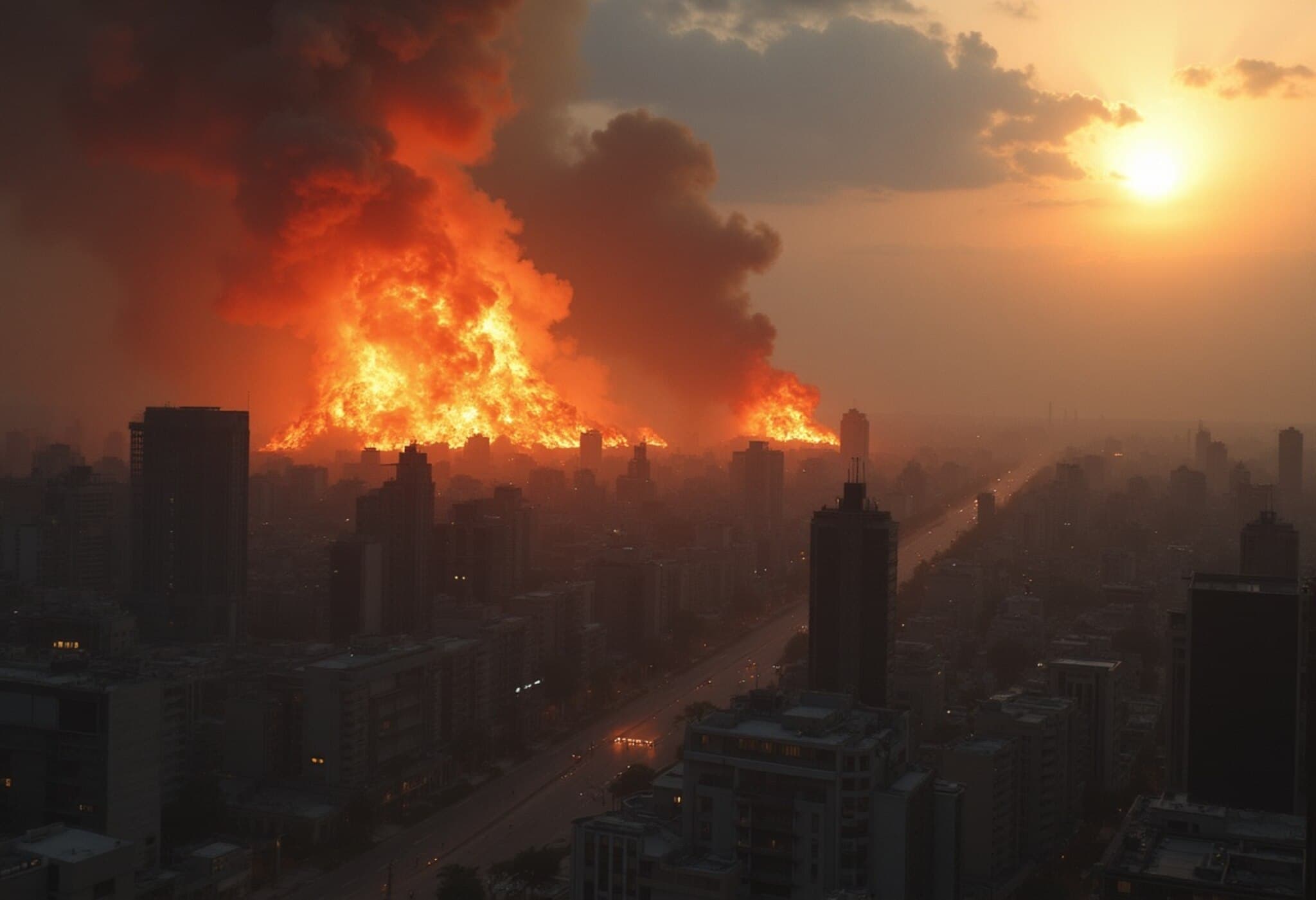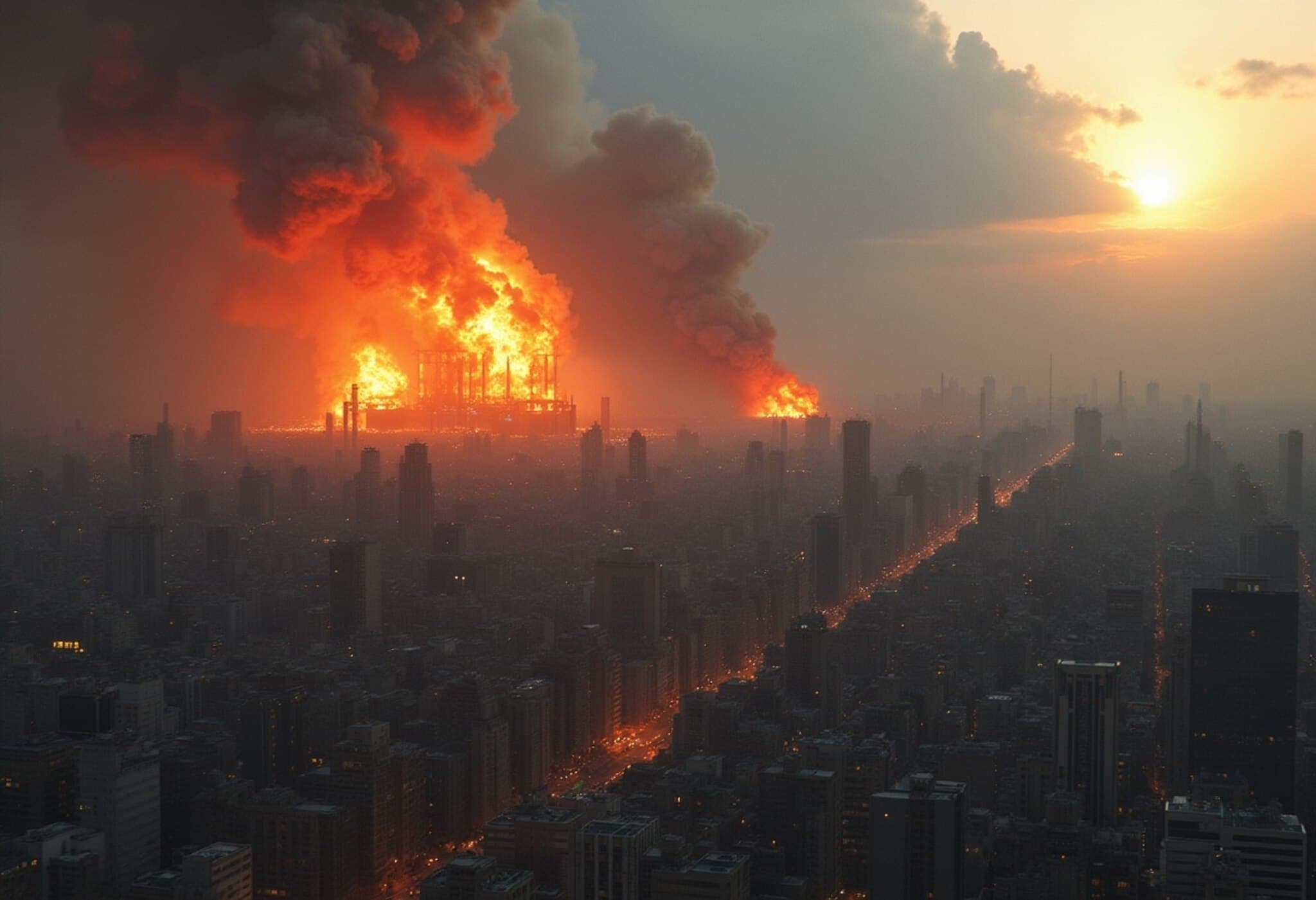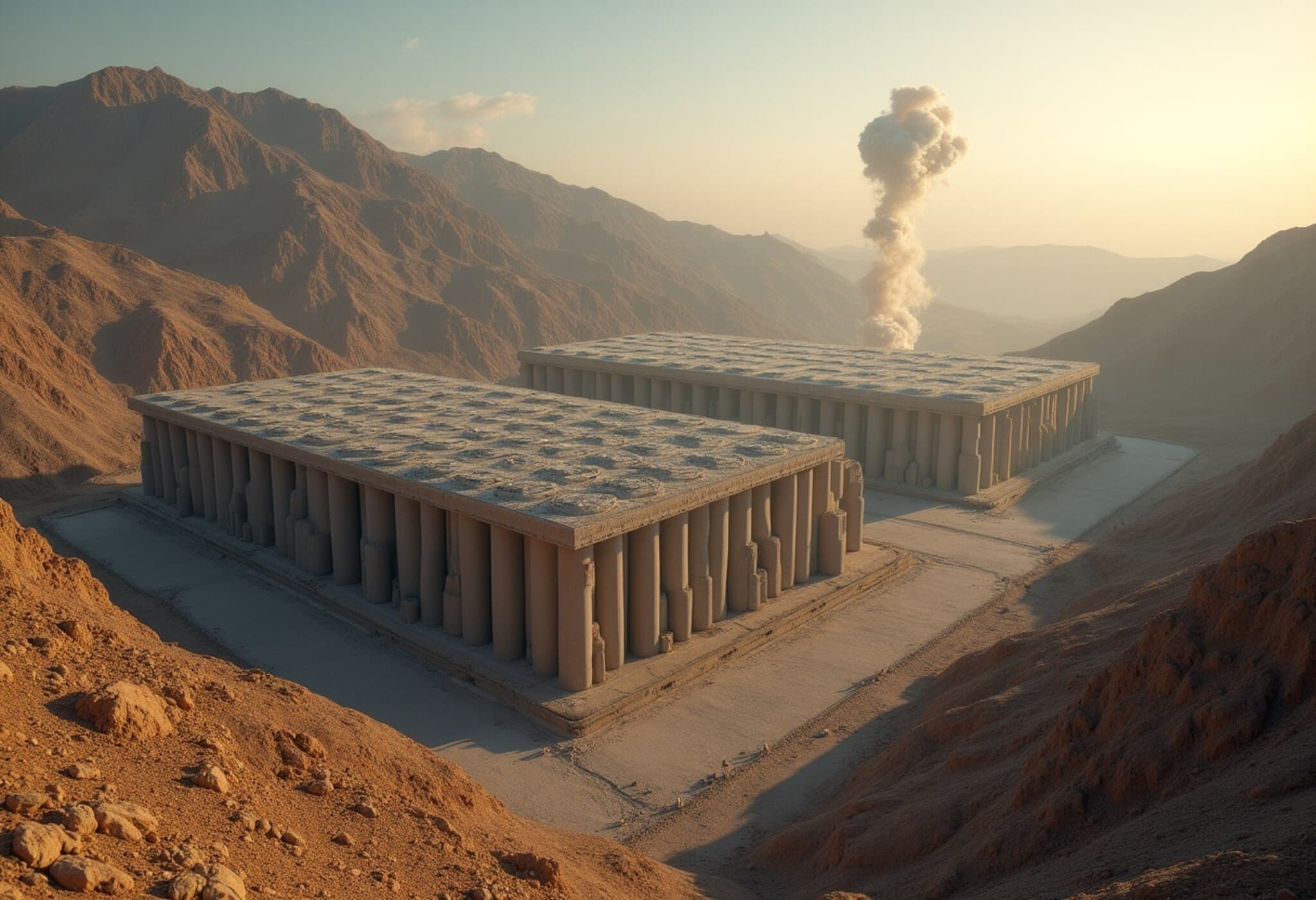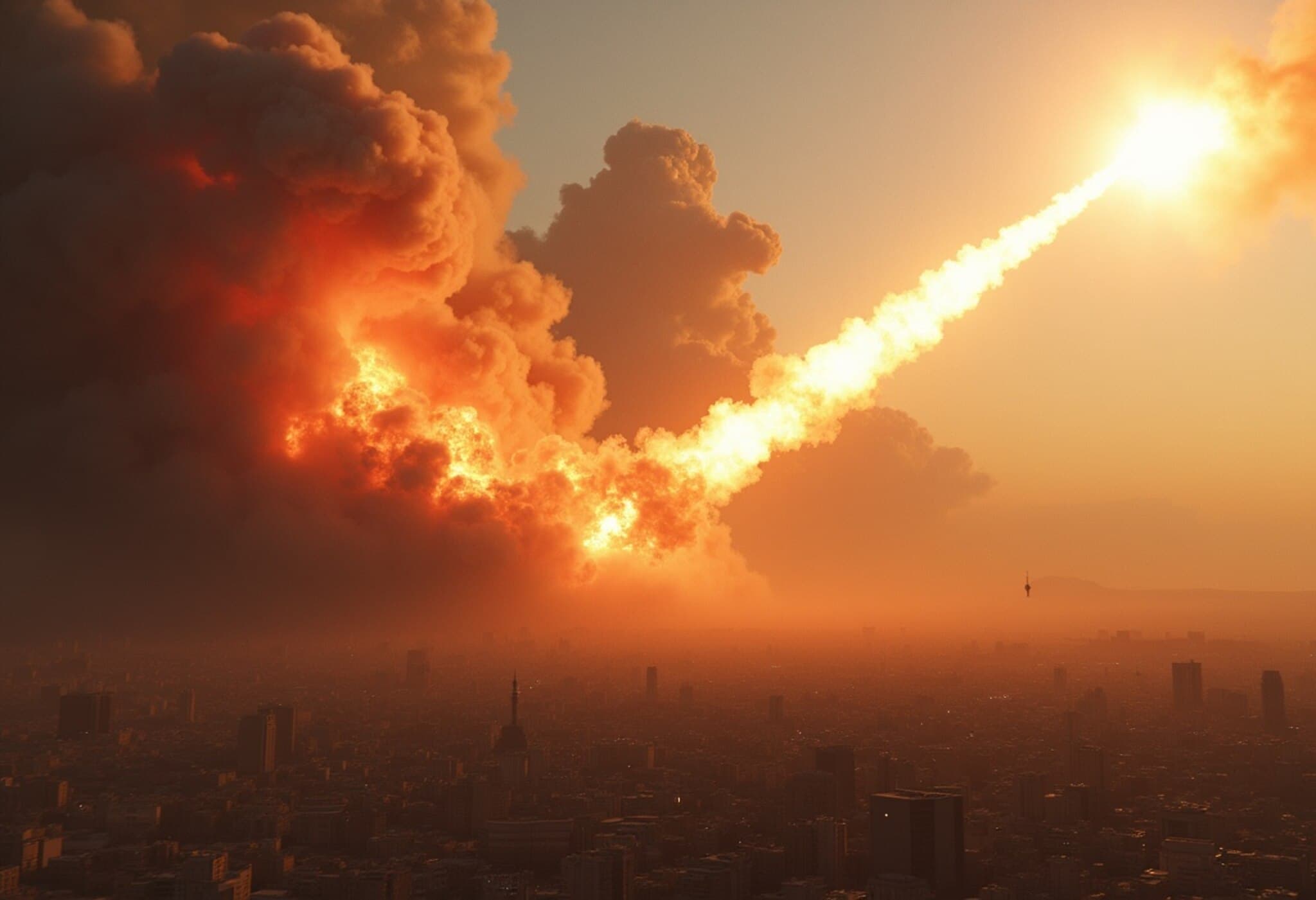The Silent Architect of Iran’s Nuclear Ambitions
For years, Mohsen Fakhrizadeh remained a shadowy figure—known mostly within intelligence circles as the chief architect behind Iran’s clandestine nuclear project, dubbed "Project Amad." Despite his critical role, he kept a low profile, avoiding public appearances, speeches, or interviews. His name was so sensitive that even during Iran’s 2015 nuclear deal talks, it remained unspoken.
Western agencies and Israeli officials often referred to him as the "father of Iran’s nuclear program," underscoring his significance. In 2018, an Israeli political leader dramatically unveiled Iranian nuclear documents highlighting Fakhrizadeh’s involvement, signaling that his fate was sealed.
November 2020: The Assassination That Shook Tehran
On November 27, 2020, Fakhrizadeh was traveling with his wife and bodyguards near their home east of Tehran. As their convoy neared a speed bump in Absard, an unusual sight greeted them: a parked pickup truck by the roadside. Inside it lurked a deadly secret—a remotely operated 7.62 mm FN MAG machine gun equipped with facial recognition technology and satellite links.
As the convoy slowed, a stray dog darted across the road, triggering the weapon. Bullets struck Fakhrizadeh’s vehicle, forcing it to halt. He exited his car but was soon hit multiple times, including critical shots to his spine. Despite the chaos, his wife remained unharmed. The entire attack lasted under a minute.
The assailants had planned to destroy the weapon by detonating the truck afterward. However, the explosion failed to eliminate key evidence, leaving much of the sophisticated machinery recoverable by Iranian forces.
A Robotic Sniper and Israel’s Covert Precision
Iranian officials described the weapon as a robotic sniper system operated remotely from outside the country, pointing suspicion toward Israel—although the nation never officially acknowledged the strike. Former intelligence officials hinted at Israeli involvement, emphasizing the targeted killing’s precision.
Months of surveillance allowed the attackers to assemble and perfect the weapon inside Iran, making this one of the most advanced assassinations ever executed. According to Iran’s Revolutionary Guards, the technology’s astonishing accuracy ensured only Fakhrizadeh was hit, sparing his entourage.
Broader Impact: Nuclear Diplomacy and Regional Tensions
Fakhrizadeh’s death reverberated far beyond Iran’s borders. It hardened Tehran’s stance on nuclear negotiations, leading to stalled dialogues with Western powers. Subsequently, Iran accelerated uranium enrichment efforts, signaling defiance. Domestically, hardliners gained ground, leveraging the assassination to consolidate power.
This event marked a significant escalation in the covert conflict over Iran’s nuclear ambitions, underscoring the high stakes and technological sophistication employed in modern espionage and targeted operations.

